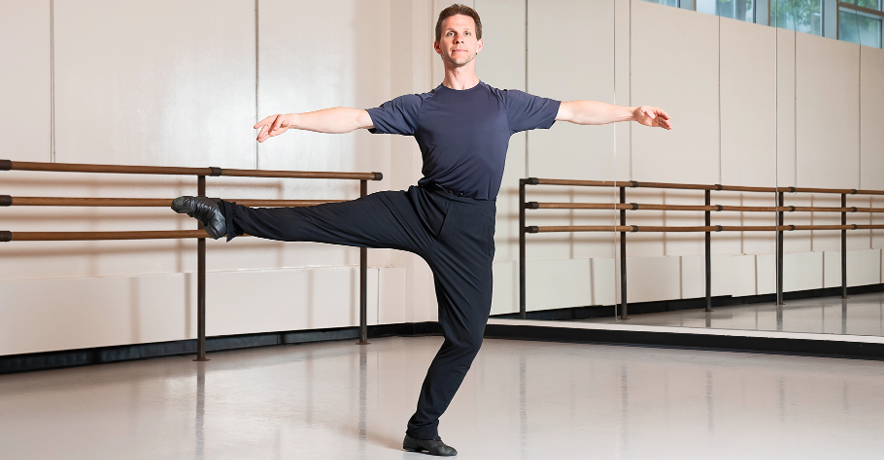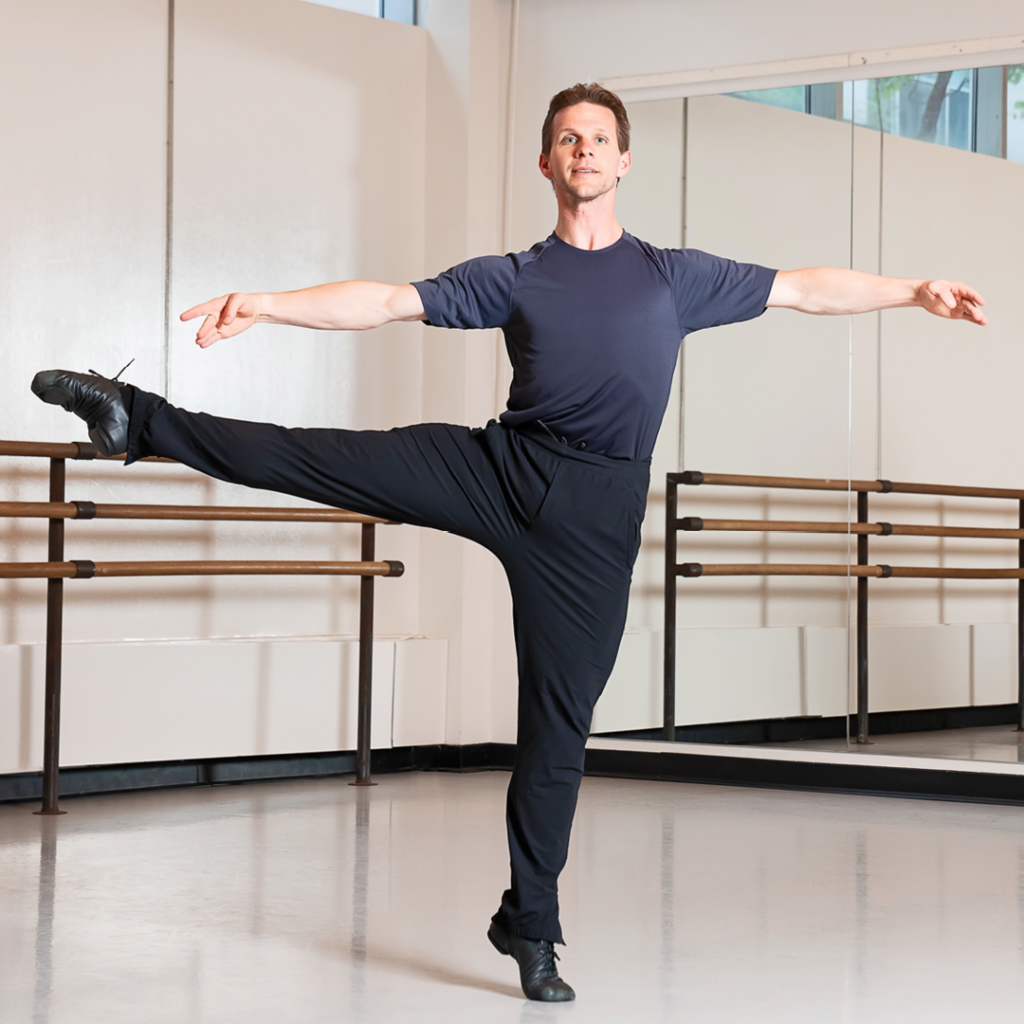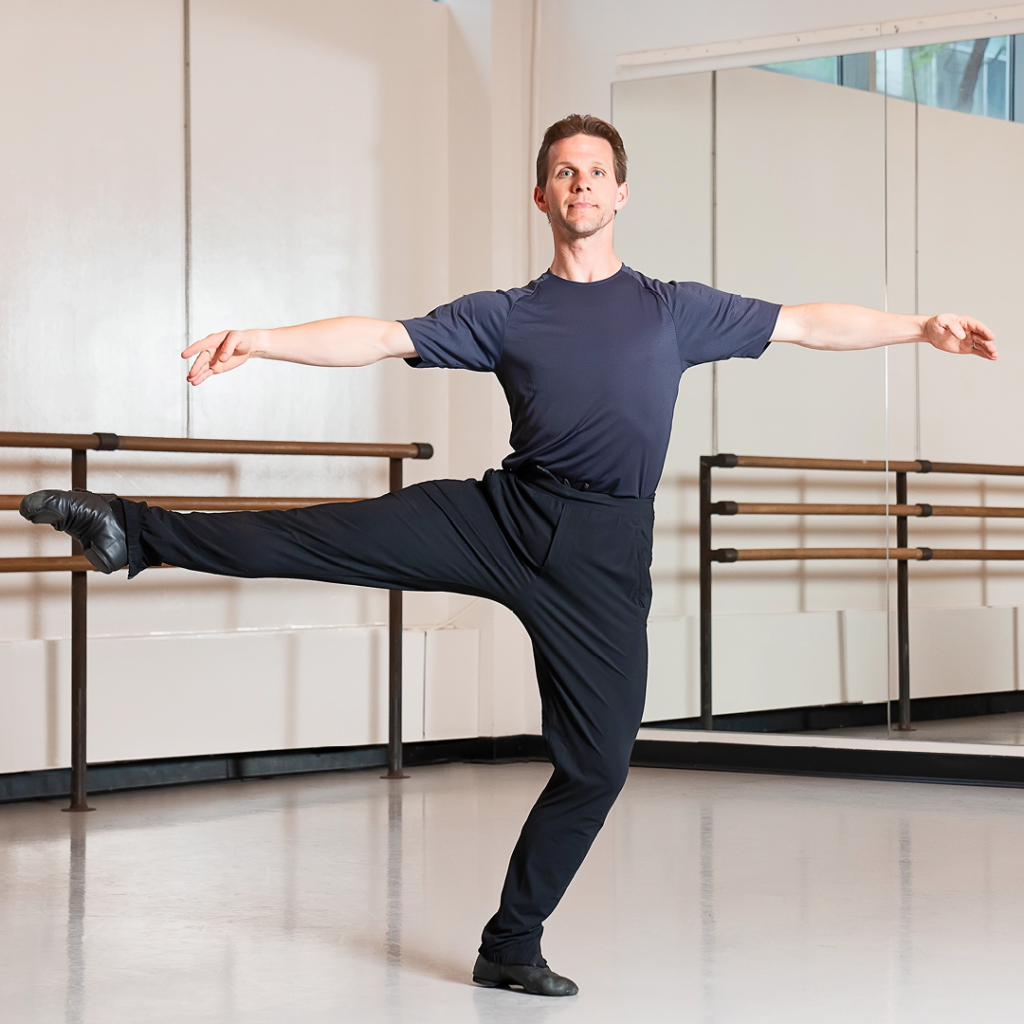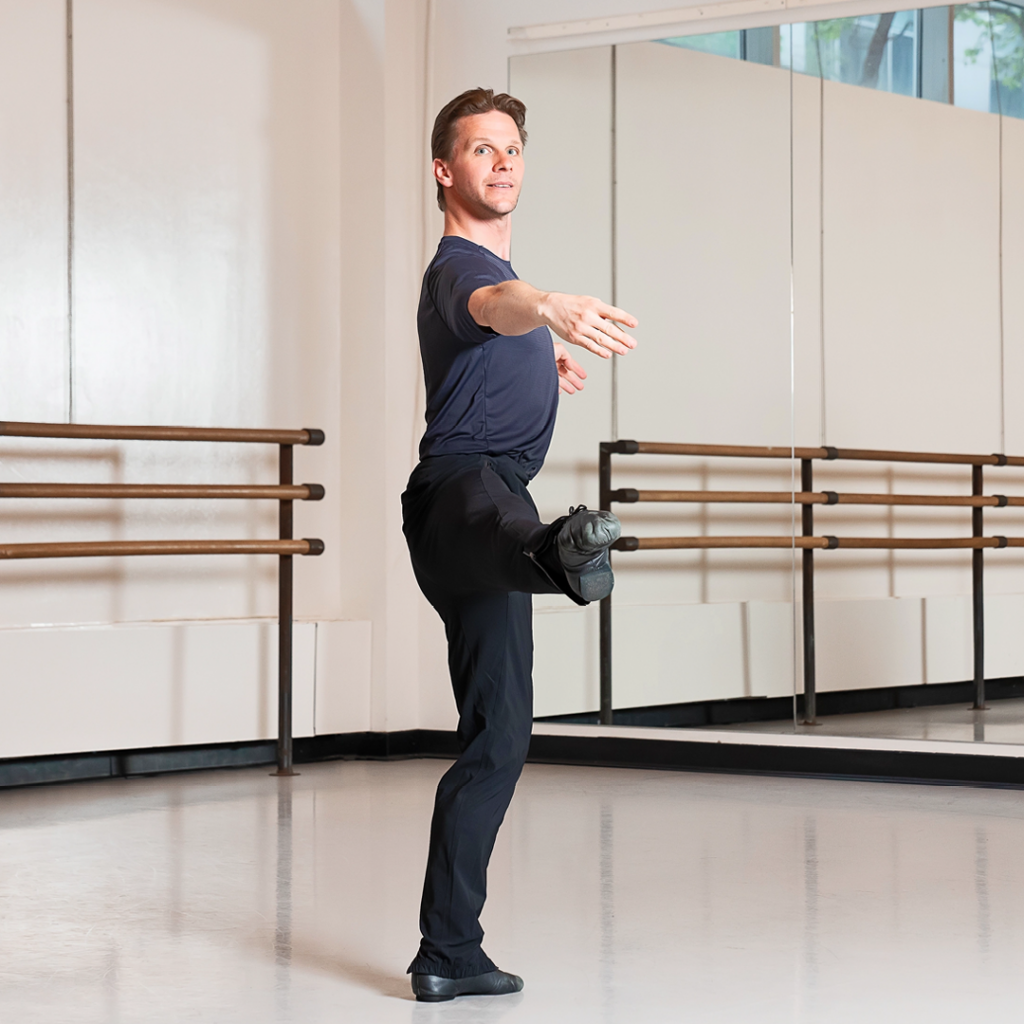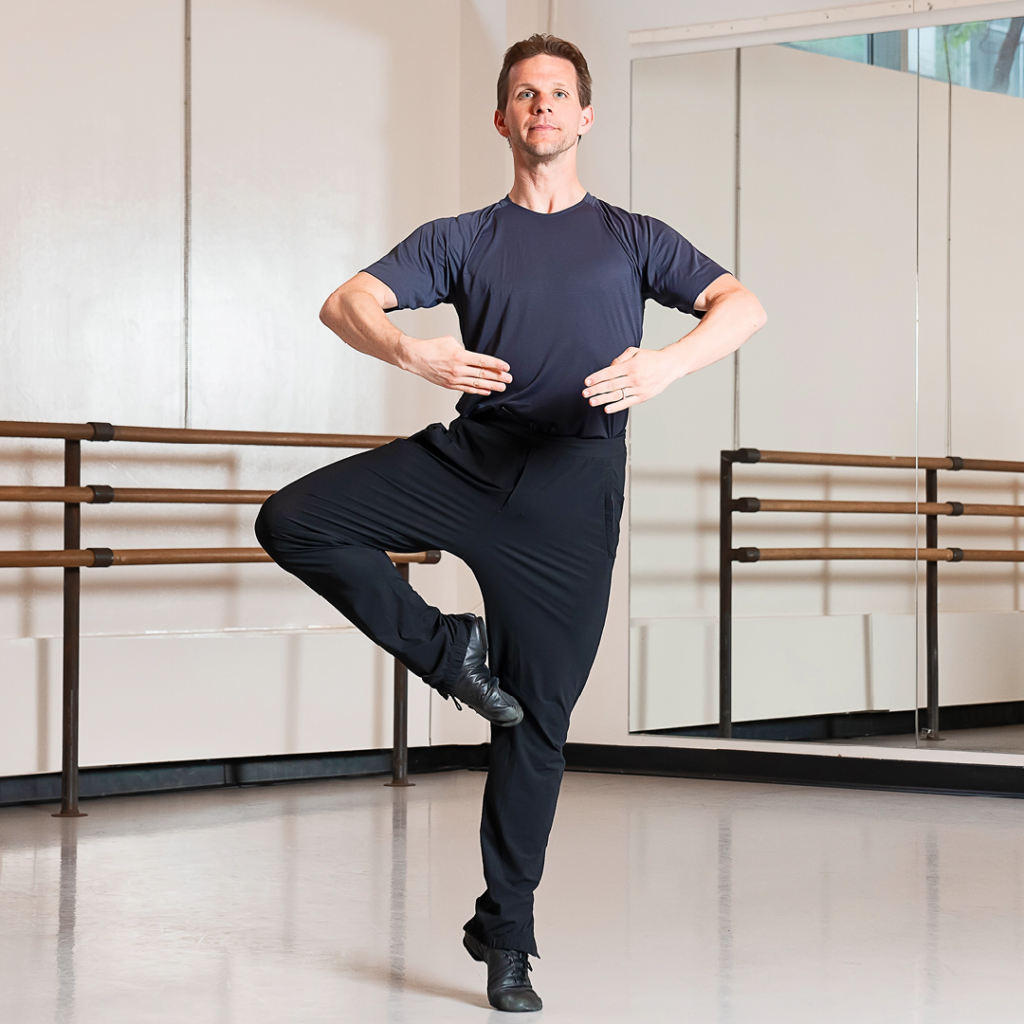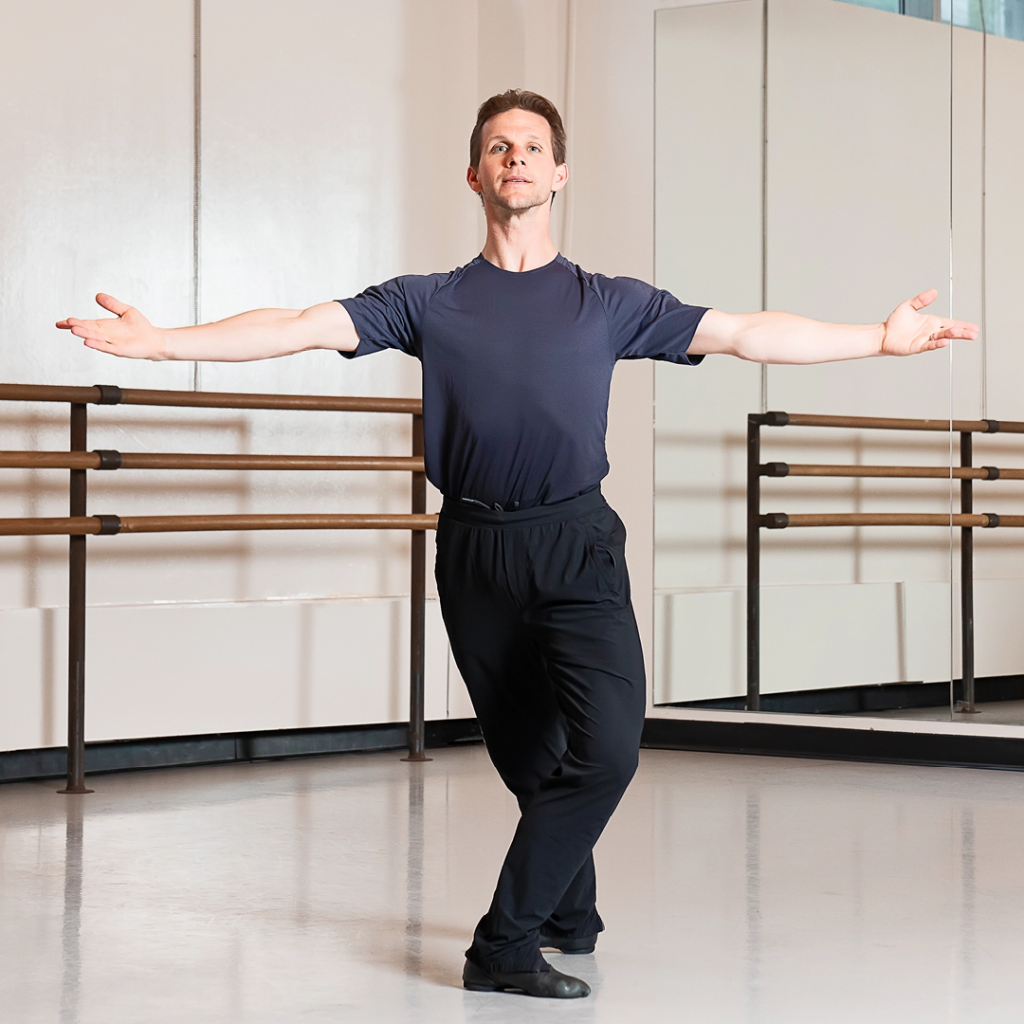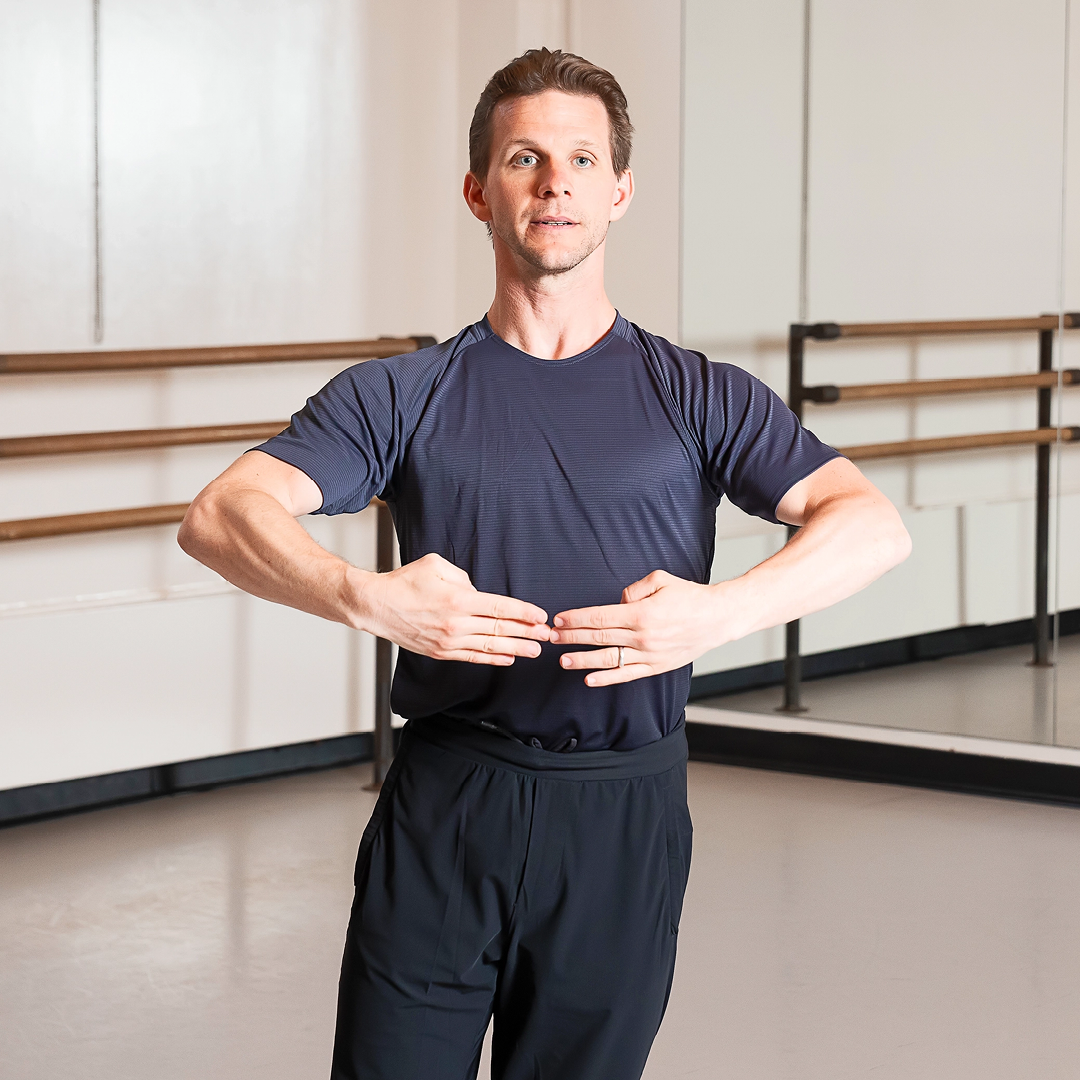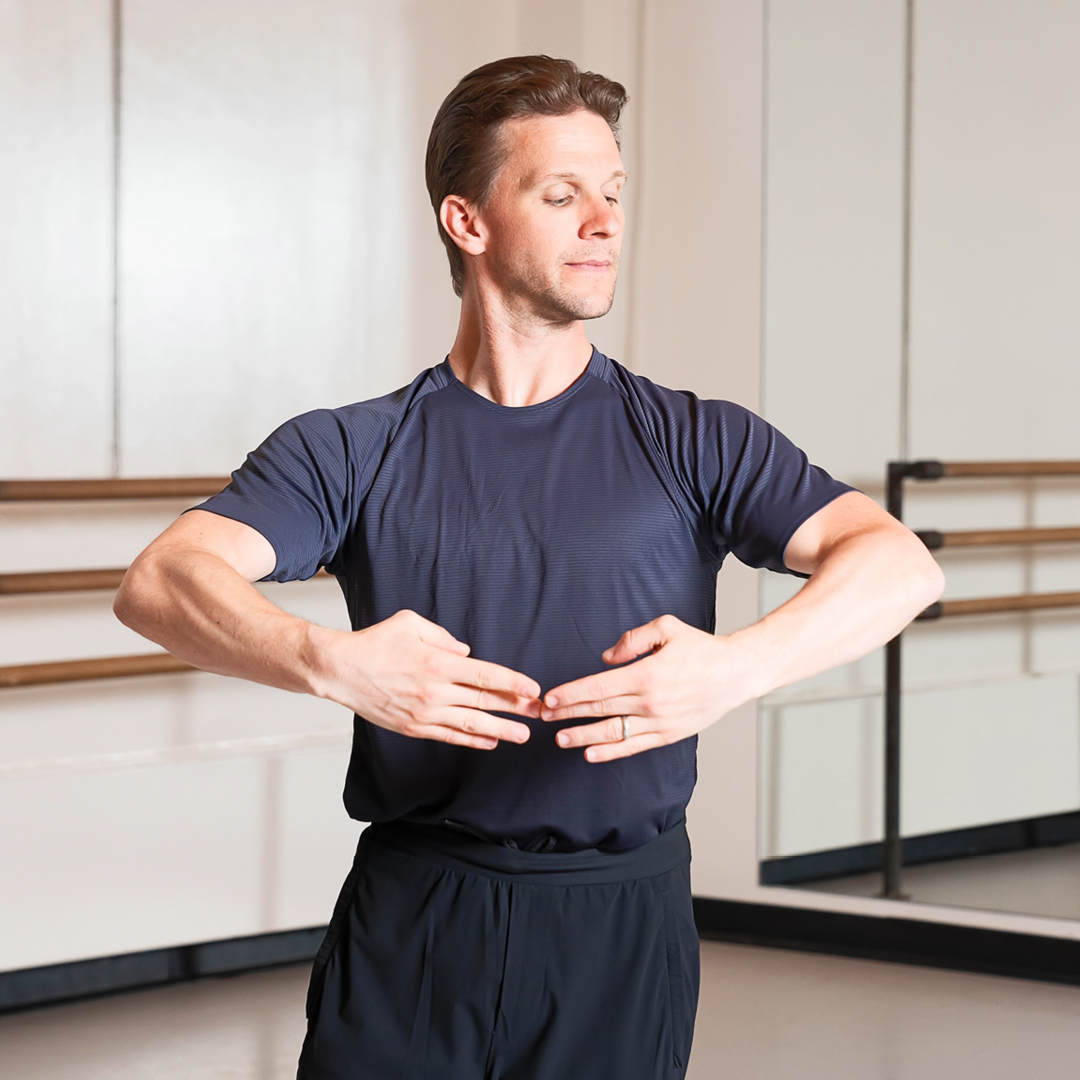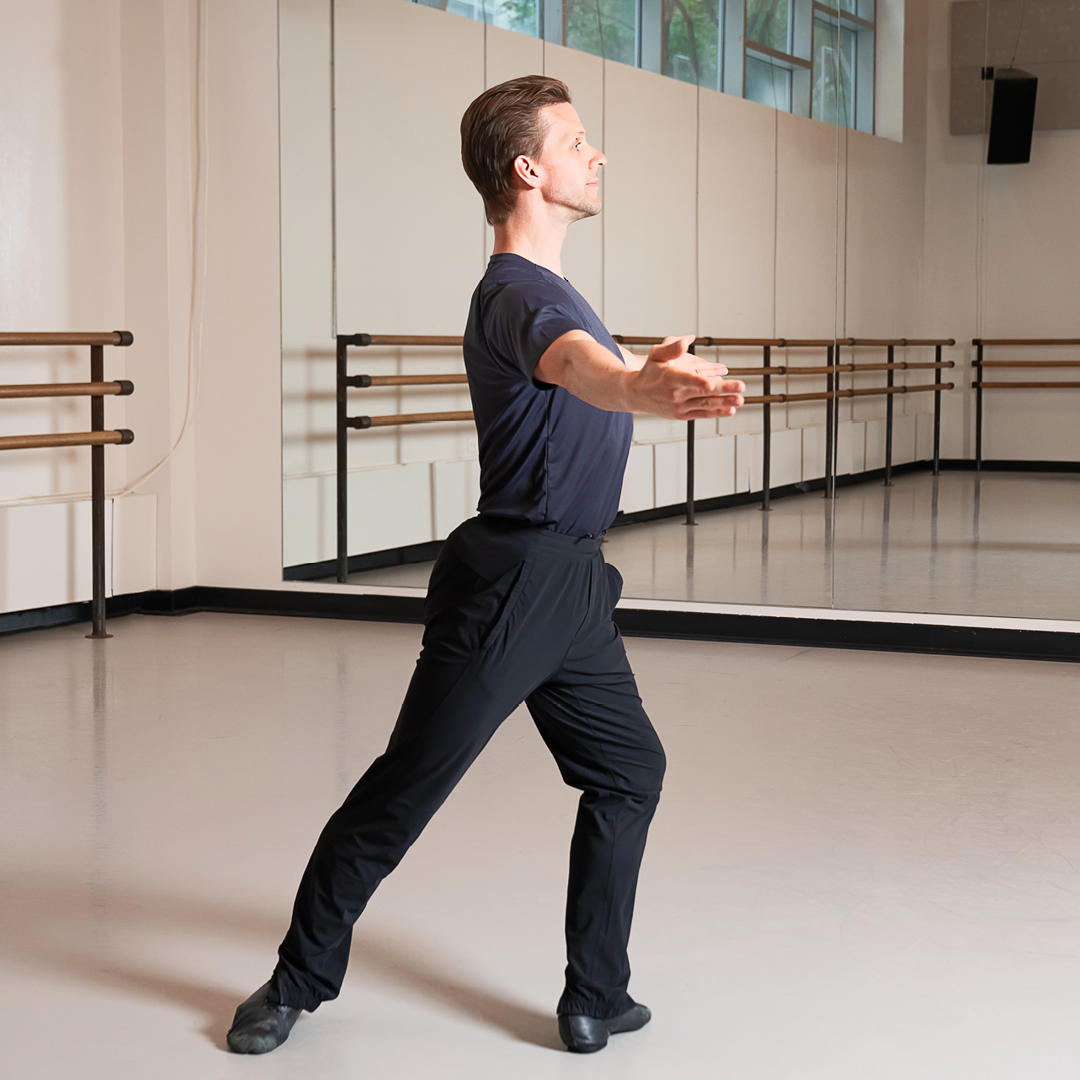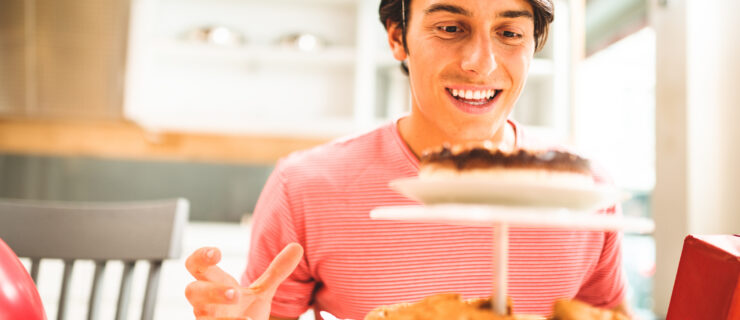Mastering à la Seconde Turns
À la seconde turns—also known as grand pirouettes—are widely considered a test of a dancer’s merit. Compared to pirouettes in retiré position, “They’re bigger, more powerful, and require more coordination,” says Daniel Ulbricht, principal dancer at New York City Ballet and director of programming at Manhattan Youth Ballet.
Ulbricht notes that pirouettes à la seconde can help display a dancer’s level of competence and confidence in both classical and contemporary works, including The Nutcracker and variations in ballet competitions. Here, he shares his tips to conquering this challenging, engaging movement.
Coordination
Ulbricht can gauge a dancer’s level of experience by whether they hesitate or attack à la seconde turns. “They require your body moving together as one whole unit,” he says. When Ulbricht’s students begin learning this step, he first tells them to create balance. “I have an equation: It’s ‘focus plus placement equals balance,’ ” he says. When dancers gain proficiency, the formula becomes “focus plus placement plus rhythm.” Whether preparing from fourth or tendu à la seconde, the rhythm of the spot and the plié is essential.
Ulbricht suggests initially focusing on your stronger side to understand the mechanics of the turn and build confidence. “We all like to rely on our dominant side,” he says. “I think a dancer needs to figure out how that works first, and then try to replicate it.”
Takeoff
Grand pirouettes typically begin either immediately or with a pirouette opening to second position. “They’re both acceptable, but the most important thing is to get around for your first plié,” Ulbricht says. Establishing and maintaining awareness of your front is critical. “You need that visually to know where you are, so that you are not losing your spot and getting disoriented.” Failure to find front can result in over-rotation or under-rotation.
When pushing off for your turn, remember to bring your opposite arm around quickly. “It’s like creating a fuse or a spark at the beginning of a turn,” Ulbricht says. “That element is really important, because if you get that first momentum, you can then sustain it through your turns.” Keep your opposing arm stable. “Think about it like an airplane wing in how it’s connected to the body, but it has to have a little bit of movement,” Ulbricht says. Keep your body square, with your eyes and hips facing forward in the front-facing position of every turn.
Rotation
While turning, Ulbricht opts to plié ahead of facing the audience. “By the time I relevé, I’m facing the audience in à la seconde, so that my momentum is whipping me around from the front instead of pushing me back behind myself,” he says.
Try not to travel. “If I’m turning to the right, my left leg has to stay anchored over the first two toes of my left foot,” he says. If your standing foot moves out of place, so will the whole pirouette.
A common mistake is to allow the working leg to cross slightly in front during plié in an attempt to gain momentum. The working leg can also easily lag, over-rotating behind your shoulder. Ulbricht suggests keeping your lifted leg slightly in front of your shoulders and hips. “I can almost see my toes as I look front,” he says. “That way, I can keep my shoulders and hips really aligned. If I’m just moving my toe, I can disperse where I need my balance.”
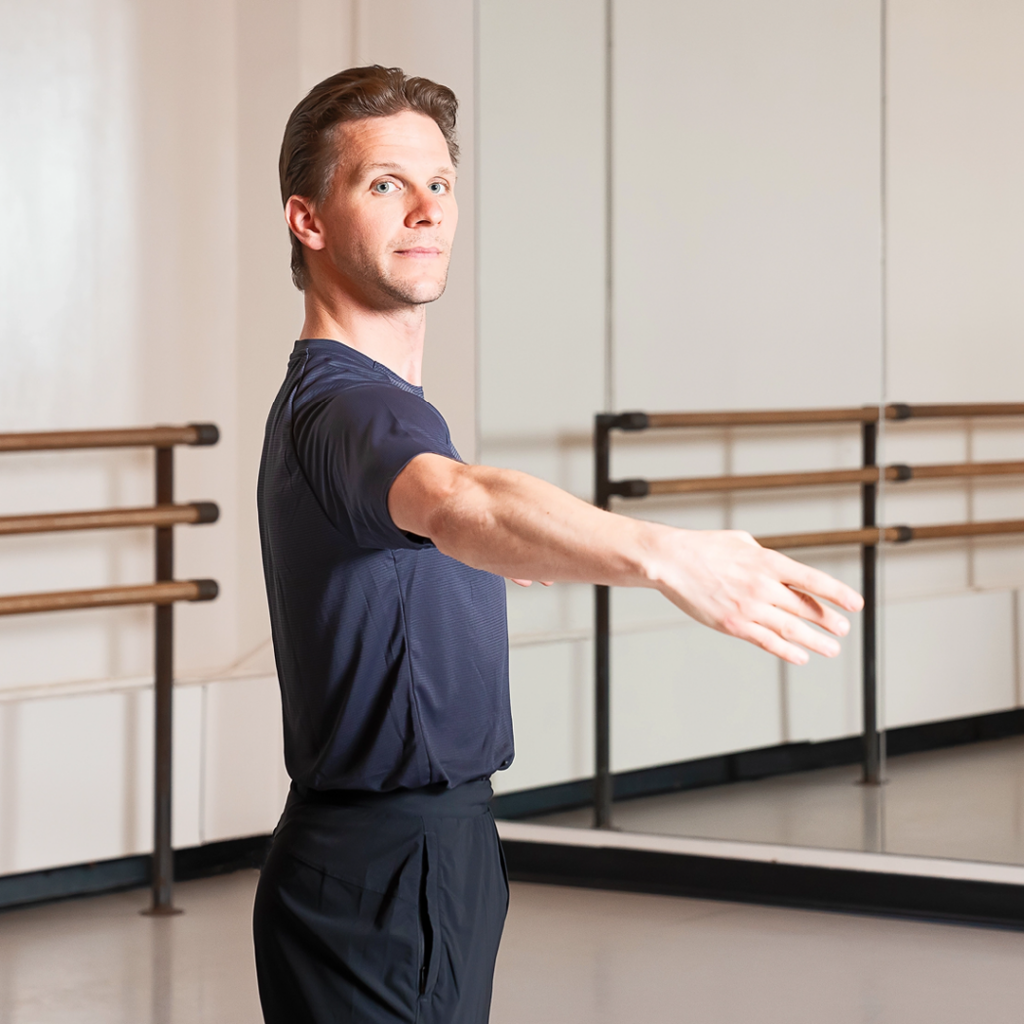
Have a Turn Plan
Decide how many turns to do in advance. “If you’re just doing straight à la seconde turns, have your number that you want to do before your pull-in,” Ulbricht says. Don’t gamble with your turns, especially if you plan to embellish or add highlights, such as a change in arm or leg position. For example, “You want to think: I’m doing two à la secondes, and then I’m going to hold for a double à la seconde,” Ulbricht says. He often sees dancers become confused or flustered if they begin without a plan.
The Pull-In and Landing
You will need to collect all of your momentum to return to a more conventional pirouette on one leg. Remember to find front and control your plié.
“The standing leg is like a controlled piston or pump,” says Ulbricht. If you are on your leg, the plié will be able to speed you up or slow you down. “Especially for a pull-in, you want to almost slow down just a tad, so all of your pieces are together and you can hold on to the momentum from your consecutive à la seconde turns.” Remember to spot: Ulbricht frequently sees dancers forget to do so at this moment.
Your turn plan will determine how many pirouettes you aim to finish with. The landing is a crucial opportunity to deepen the connection with your audience and end with conviction. “If you happen to be on your leg, fantastic, you can ride it out, but one of the most important things of any turn is the finish,” Ulbricht says. “It allows the audience to see that you’ve completed the task, or lets them get emotionally involved. If we don’t see the finish, it’s hard for us as dancers, teachers, and audience members to celebrate the accomplishment of something so impressive.”
